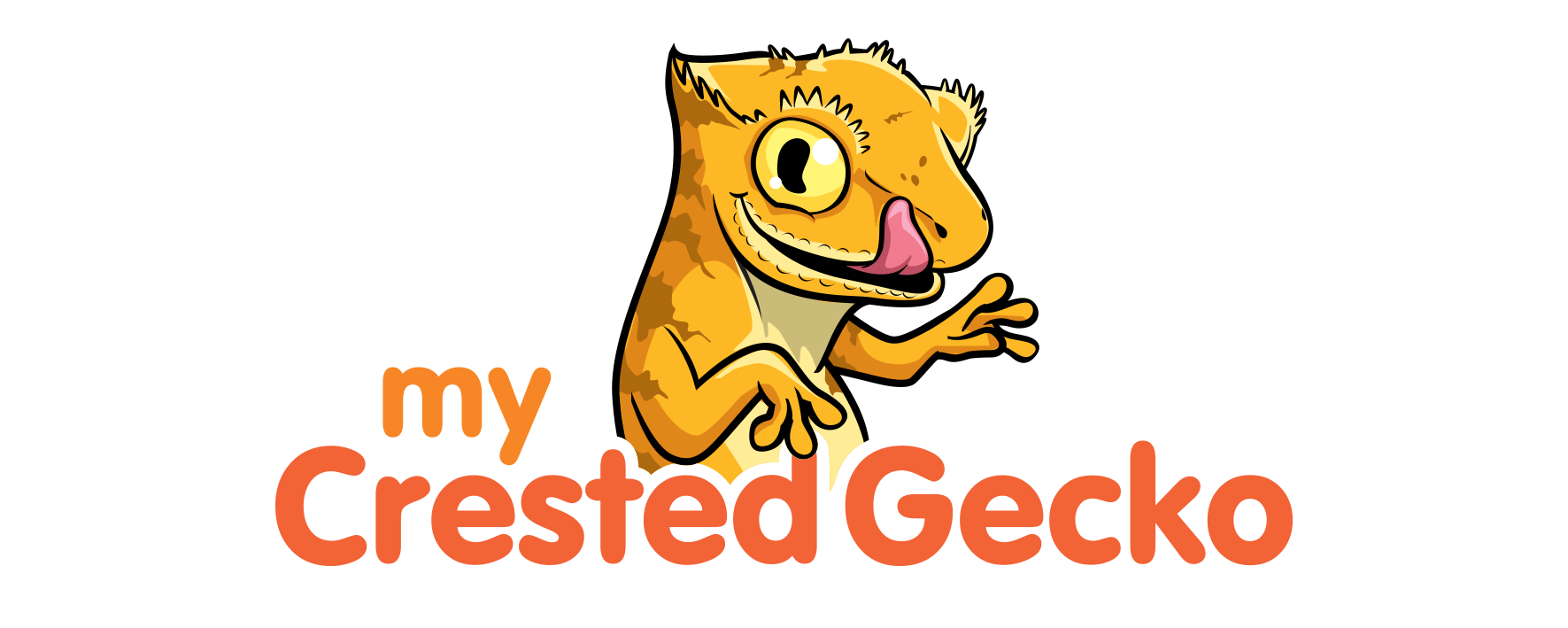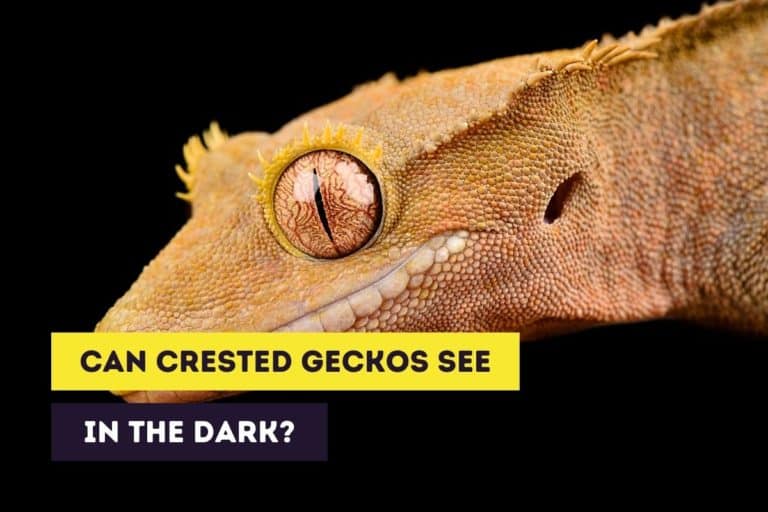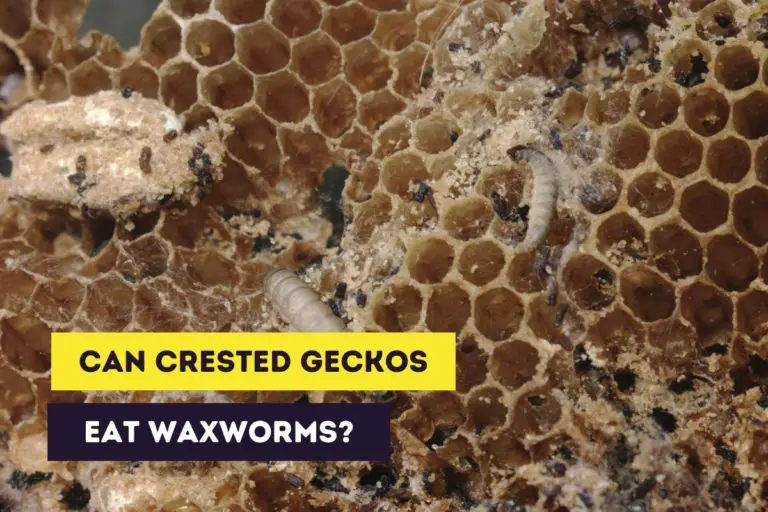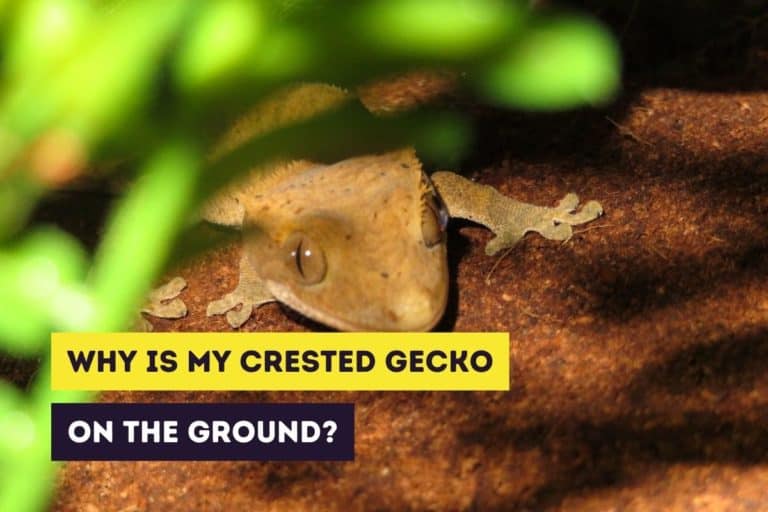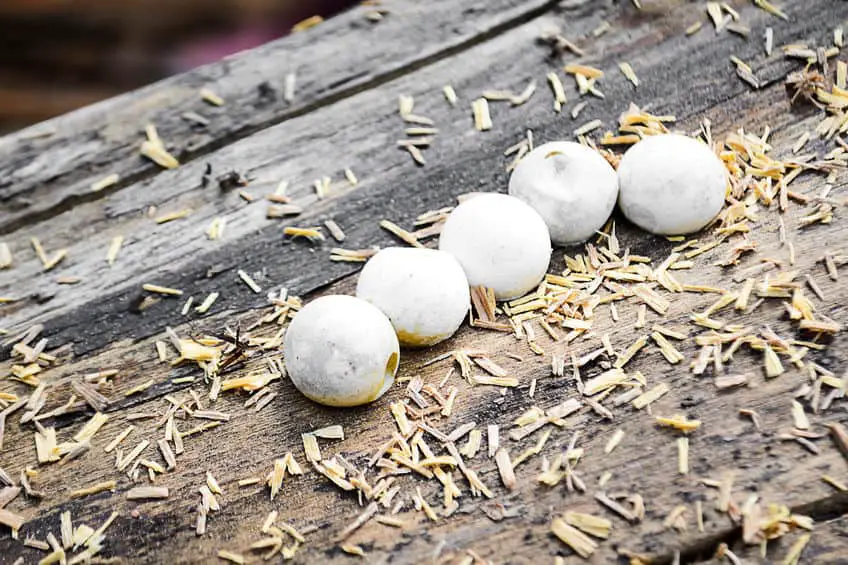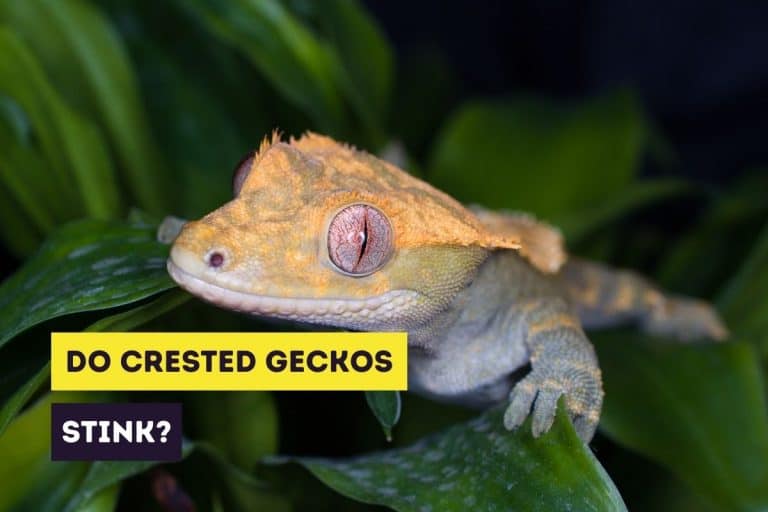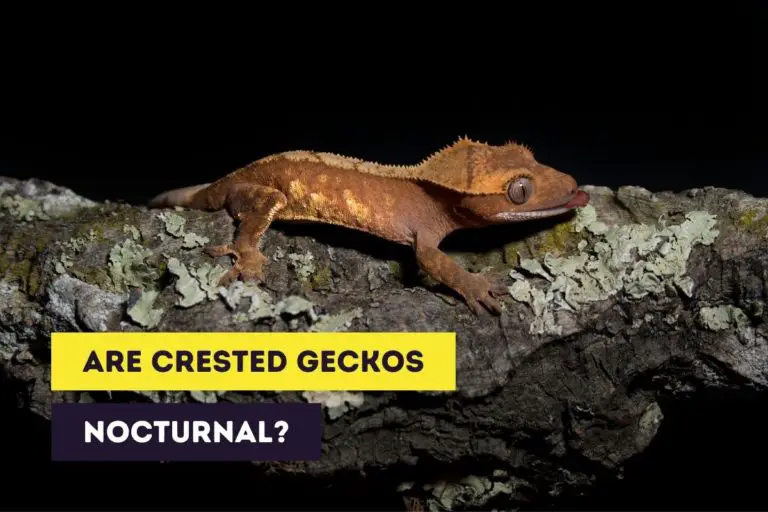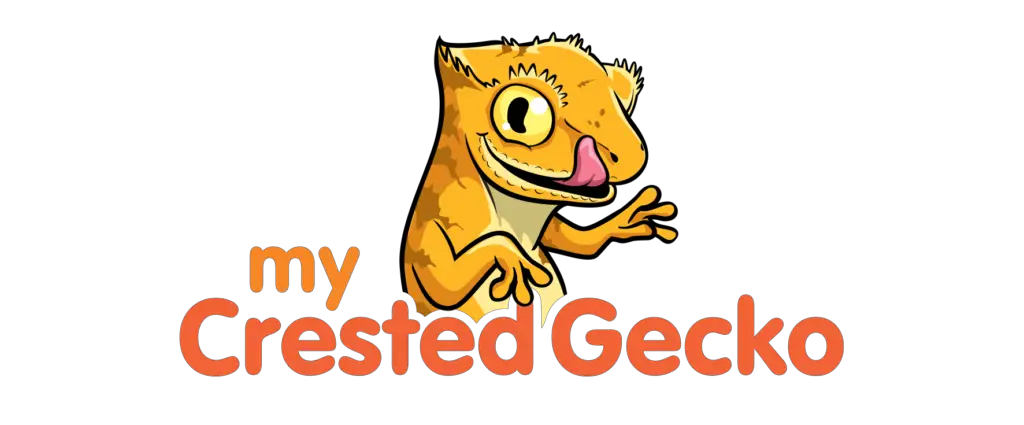How Do Crested Geckos Mate? (Sexual Maturity & Mating)
Estimated reading time: 5 minutes
Crested geckos are easy to breed, contributing to their popularity as pet reptiles. The prolific nature of these tiny geckos has also saved them from extinction, although they’re still a vulnerable species in the wild. When you’re interested in becoming a breeder of crested geckos, you’ll need to understand the mating process.
Crested geckos don’t need a lot to start mating with each other. The male usually starts mating within a few days or even hours when introduced to each other. The mating process can be aggressive, with the male chasing, mounting, and biting the female. The copulation itself will last several minutes.
You can’t just introduce a male to a female crested gecko at any age. Your male and female need to be sexually mature and be fully grown. Else, you risk getting a bad clutch of eggs and no hatchlings.
If you’re interested in stickers or other products of crested geckos, you can always visit our Etsy Shop, which is called Artful Animalia. We currently only send stickers in the United States. If you’re interested in certain crested gecko-related products, don’t hesitate to contact us.
In this article, you’ll learn everything about the mating process. I’ll also give you some tips and tricks to guide you through this process without any problems.
This site contains affiliate links to products we recommend and use ourselves. We may receive a commission for purchases that you make through these links. If you’re interested in learning more about our affiliate links, please visit our (affiliate) disclaimer.
Sexual Maturity
Signs of sexual maturity
Male and female crested geckos need to be sexually mature and fully grown before you start breeding with them.
A male crested gecko can show the first signs of sexual maturity when they weigh about 0.7 ounces (21 grams) and have a length of about 3 inches (7.5 cm). Your male crestie will develop the hemipenal areas, which show as bulges behind the vent. These bulges are caused by the two hemipenes that grow larger when sexually mature.
Even though the male is sexually mature at a young age, it’s best to wait until it’s fully grown. This means that he should weigh around 35 and 40 grams, usually at the age of one and a half or two years.
A female crested gecko won’t show visible signs of sexual maturity. Although some argue that a female crestie can start breeding at the age of eight to nine months, it’s recommended to wait until she weighs 40 grams or more. Most female cresties will weigh this much when they’re two years, although this can vary depending on the individual and diet.
Why do crested geckos need to be fully grown?
Male crested geckos need to be mature enough to produce viable sperm. Besides that, they need to be large enough to chase and mount the female and not get hurt when the female bites him back. The weight of a male crestie won’t change a lot during the mating season because they don’t need to carry and lay eggs. A male also won’t change his eating habits during this season.
A female crested gecko needs to be large enough and have enough weight to carry and lay the eggs. This process takes up a lot of her resources, like fat and calcium. A female might eat less and lose a little weight. This won’t be a problem when a female has a good starting weight. When your gecko is deficient in nutrients, metabolic bone disease can develop while laying eggs.
The Mating Process
Crested geckos don’t need a lot to start the mating process. The only two prerequisites that you need to keep in mind are that your male and female crested geckos are sexually mature and healthy.
When you introduce a male to a female, the male will usually start the mating process without hesitation. It can take a few days but can quickly happen within a few hours. Usually, the mating process will occur at night because they’re more active (crepuscular/nocturnal creatures).
Male crested geckos can get quite aggressive against females when mating. A male will chase the female around the vivarium and subdue the female by holding the back of her neck in its mouth. They might bite several times in the female’s head (more specific the crests), which will cause bite marks. The male will also emit distinct vocalizations that sound like squeaks and squawks.
The mating itself happens when the male aligns his body parallel to the female crested gecko. He then will put one of his two hemipenes, his reproductive organs, into the cloacal opening and deposit his sperm. This copulation will last a few minutes although it can last longer.
When the mating is over, the male will dismount the female. You can see something pink or red hanging out of the vent of your male crestie. This is the hemipenis, which will usually retract shortly after mating.
A female crestie can store the sperm for several months and use it to lay several fertile eggs. So it’s entirely possible to separate the male and female after mating.
Tips and Tricks
When you’re new to the mating process of crested geckos, you can use some tips and tricks to help your geckos be comfortable, stay healthy, and have a good clutch of eggs:
- create an optimal male-to-female ratio: male crested geckos can and will get aggressive towards each other when sexually mature. It’s best to keep adult cresties away from each other. Breeding crested geckos usually involve a pair or one male and several females (up to four).
- introduce a resting period: if you let your male and female crested gecko in the same vivarium the entire year, the male won’t stop mating. This can be very stressful for the female and lead to health issues. It’s best to introduce a cooling down or resting period of 3 to 4 months. Your female crestie can rest and gain strength during this period. To mimic the natural habitat you can cool down the temperature in the vivarium during this period in the range of 60 to 65 °F (15 to 18 °C)
- treat severe bite marks and wounds: although most bite wounds will go away when the female sheds, it’s possible that the male bites too hard and causes an open wound. The female should be immediately removed from the male in such a case. Treat the wound with antibiotics until the wound has healed. At that point, you can reintroduce the female and male.
Want to Learn More?
If you want to learn more about crested geckos as pets, please read the following articles.
If you’re interested in getting crested geckos as pets you should also definitely read our article about baby and juvenile crested gecko care or (adult) crested gecko care.
